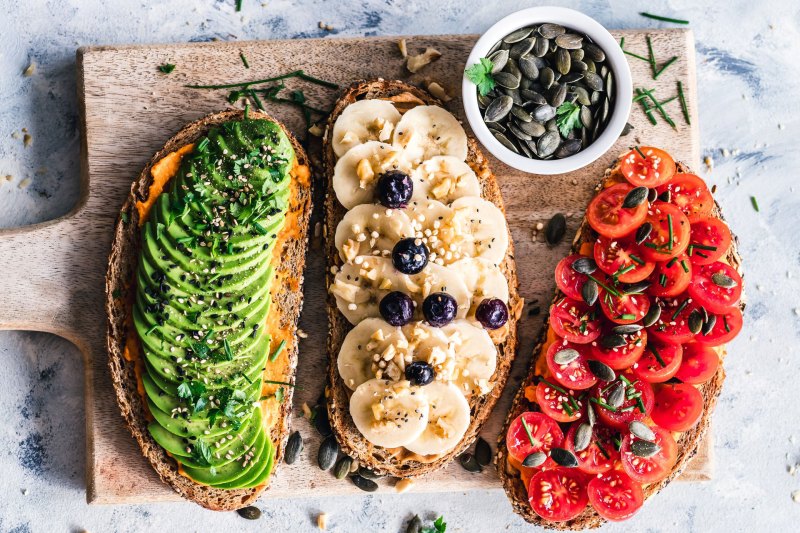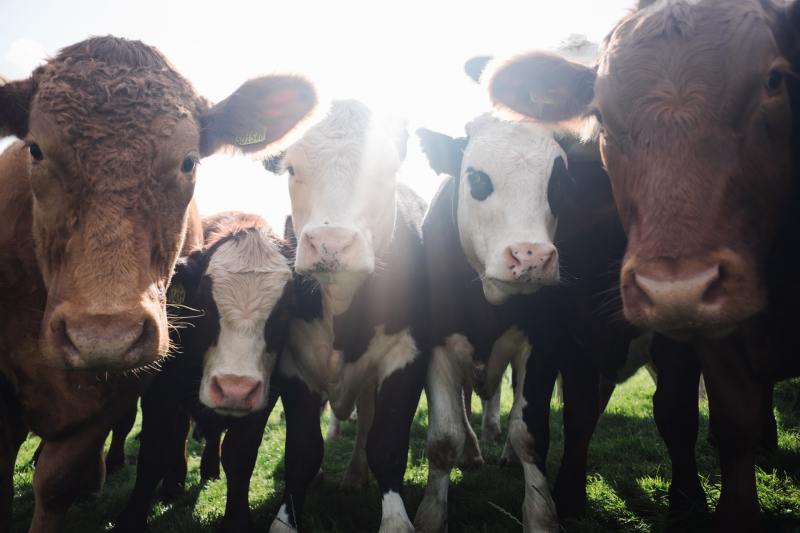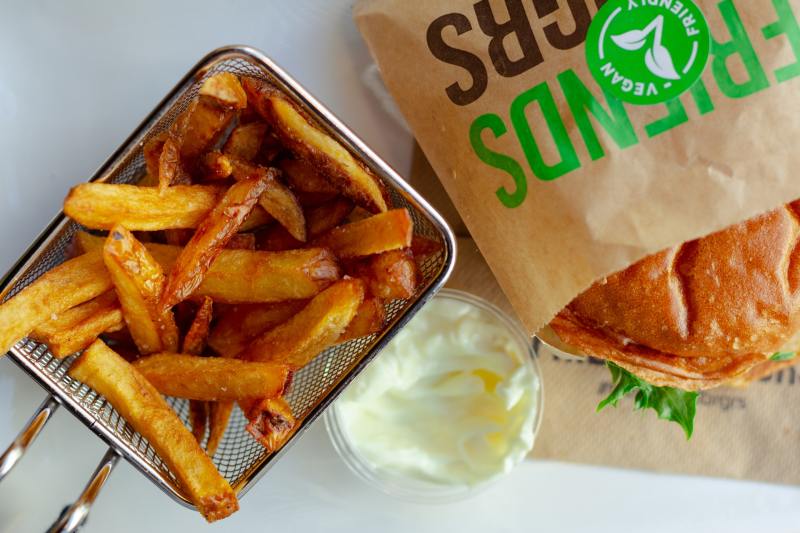
People choose to go vegan for a variety of reasons. Two of the most popular — health and ethics — will be argued until our sun goes supernova. But, the science is in on a third reason: The environment. There’s a mountain of evidence to suggest that going vegan might be the single best thing you can do to help save the planet. Forget the sad, Sarah McLachlan-soundtracked appeals to emotion or the brow-beating by vegans about what an awful person you are as a meat-eater. If you finally decide to go vegan for no other reason, do it for the planet.
From an ecological perspective, we eat way too much meat. It’s impossible to sidestep the fact that our meat consumption is disastrous for the environment. Atmospheric carbon dioxide levels are higher than they’ve been at any time in recorded history. By now, all of us have heard of the massive amounts of greenhouse gases that livestock contributes to the situation each year. Beef and dairy cows are the two main culprits. Exact numbers are tricky to nail down. Some estimates claim that more than 220 grams of carbon dioxide equivalents are released into the atmosphere for every gram of beef protein produced. For us non-metric-minded Statesiders, that amounts to more than 100,000 grams of greenhouse gases per pound. The numbers are truly staggering.
Related Guides
But, the strain on the environment from meat consumption goes well beyond — excuse the scientific jargon — cow farts. Raising animals for food also requires a ton of natural resources, from land and water to grain and feed. It’s estimated that more than 40% of land in the Lower 48 — that’s land required for grazing and for growing animal feed — is used to raise animals in meat production. That’s a combined 800 million acres or more than eight times the state of Montana. By contrast, all of the cities and towns in the contiguous United States take up just 3.6% of the country’s landmass. As the world’s population grows, so does our need for more meat, and therefore more land. It’s a problem that will get exponentially worse in our lifetimes.

Of course, farm animals drink an almost unimaginable amount of water, too. In the “finishing” phase of pig farming, where the animals more than double in size, they consume more than 20 gallons of water daily. Dairy cows require more than twice that, some up to 50 gallons every day. From farm to table, a pound of cow meat requires more than 2,400 gallons of water to process. By contrast, it takes just five gallons of water to raise one pound of wheat. According to UNESCO’s Institute for Water Education, nearly one-third of the world’s usable fresh water is used solely for animal products.
Now, if all of this land, water, and resource use were just what was required to nourish the eight billion people living on this planet, harping on these figures would be pointless. The problem is that meat production has a massively disproportionate impact on the environment when you consider the calories it provides. A 2019 Science study of 40,000 farms in more than 100 countries revealed that only 18 percent of the calories we eat are provided by livestock. But, farming that livestock requires more than 80% of all farmland. The numbers don’t make environmental or nutritional sense.
The flowchart for consuming meat is simple, and it reveals the obvious change we need to make in the way we eat. We feed massive quantities of plants and feed to animals, then consume those animals. A meat-free diet, by default, eliminates the “middle meat,” so to speak. By eating plants directly, we become primary consumers instead of consuming primary consumers like cows, pigs, and chickens. In scientific terms, this is referred to as eating at “the lowest possible trophic level.” From an environmental perspective, it makes the most sense and is the most efficient use of our planet’s resources.

If you, like most Americans, have lived your entire life a meat-eater, cutting out burgers, bacon, and chicken nuggets (which may or may not actually be meat) might seem impossible. But going vegan doesn’t need to be all or nothing from the jump. Do it on your terms and start small. Try switching one dinner a week to a vegetarian meal, and work up from there. Or start by substituting more sustainable, lower-impact meats other than beef into your diet. Environmentally speaking, chicken is better than pork which is better than lamb.
It’s worth noting that blindly going vegan doesn’t mean you’ll immediately lessen your carbon footprint. Substituting your traditional burgers and fries with heavily processed vegan alternatives may be even worse. A 2020 BBC article spells out the surprising environmental impact of ordinary foods like almonds, mangoes, and avocados. A single mature avocado tree, for example, requires nearly 50 gallons of water per day to grow in the summer. From start to finish, producing a single avocado can take up to 60 gallons of water. Buying foods that need to fly halfway around the world to make it to your plate won’t help matters either. The best thing you can do is to avoid manufactured foods and eat seasonal, locally grown fruits, vegetables, and grains whenever possible. Buying everything you can from farmer’s markets is a great way to do this.
Vegans often cite many reasons why they decided to give up meat for good. Most of these are subjective and entirely personal. Most meat-eaters have either never considered these reasons or haven’t found them persuasive enough to make the switch. But, for those wanting to leave the planet better than they found it, going vegan truly is the best thing they as an individual can do to help save the environment. The science is in, and the evidence doesn’t lie. To quote PETA, “Whether you go vegetarian for the environment, for your health, or for animals, you have the power to change the world, simply by changing what’s on your plate.”
Editors' Recommendations
- Can you freeze lettuce? The do’s and don’ts of making your produce last
- The 9 best canned tuna for healthy and convenient meals – Wild Planet, Safe Catch, and more
- Do these 4 things to make a busy bartender like you more
- Can you freeze cream cheese? Yes, and here’s how to do it
- These are the 8 best CBD gummies you can buy, period


